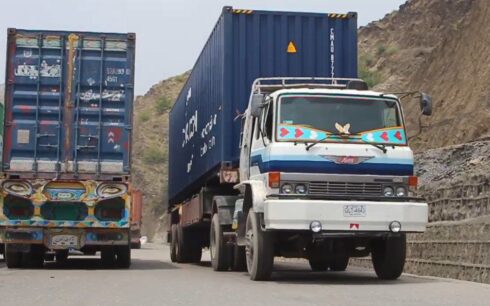A report by a UN agency says that a year after the Taliban takeover of Afghanistan, the country faces “cascading crises,” adding that restricting women from employment can result in an economic loss.
The report says that humanitarian aid alone cannot address the country’s crippled economy.
The report by the United Nations Development Program (UNDP) states that the already-declining licit Afghan economy lost nearly US$5 billion after August 2021 and is reversing “in 12 months what had taken 10 years to accumulate.”
The cost of a basket of essentials needed to avoid food poverty has meanwhile risen 35 percent, forcing poorer households to go deeper into debt or sell off assets just to survive, the report says.
Nearly 700,000 jobs have vanished, further threatening a population reeling from the impacts of the COVID-19 pandemic, conflict, drought, and war in Ukraine, the report adds.
“The Afghan people have been relentlessly subjected to extremely difficult circumstances. They have survived numerous challenges in the last 40 years and shown enormous resilience. Yet the last 12 months have brought cascading crises: a humanitarian emergency; massive economic contraction; and the crippling of its banking and financial systems in addition to denying access to secondary education to girls and the restrictions on women’s mobility and participation in the economy,” the report, “One Year in Review: Afghanistan Since August 2021,” concludes.
“Afghanistan has experienced an economic implosion over the past 12 months,” UNDP Administrator Achim Steiner said. “We need to help Afghans cope with the coming winter.”
Challenging economy
The report paints a bleak fiscal picture of the country, dating back more than a decade before the transition of August 2021.
With GDP in steady decline since 2008, Afghanistan had come to rely on international aid to sustain its economy, which accounted for 75 percent of total government spending and nearly 40 percent of GDP at the time of transition. But foreign donors largely suspended aid after the Taliban takeover.
With external financial support curtailed, Afghanistan must rely on limited domestic revenue from agriculture and coal exports.
“Two decades of heavy dependence on international aid and imports, a lack of industrialization and competitiveness, and limited mobility and connectivity among regions, among other factors, have hindered Afghanistan’s forward momentum,” the report says.
The analysis predicts that restricting women from working can result in an economic loss of up to $1 billion, or up to 5% of the country’s GDP.
“The rights of women and girls are critical for the future of Afghanistan,” said UNDP Asia-Pacific Director Kanni Wignaraja. “It starts with education and continues with an equal opportunity when it comes to employment and pay.”
Key findings of the report include:
The price of a food basket, with the minimum calories to escape food poverty, has surged 35 percent since August 2021.
Nearly 700,000 jobs were lost by mid-2022.
Among jobs women have lost in government ministries and entities, more than 14,000, or 82 percent were in the Ministry of Education, following restrictions on girls’ education.
A shrinking licit economy has increased the share of the illicit economy to 12-18 percent of GDP, from about 9-14 percent a year ago.
A severe liquidity crisis has affected financial services; the microfinance sector has nearly collapsed, hitting poor and female borrowers hardest.
Nearly 20 million people face high and critical levels of food insecurity since August 2021, almost twice the average in the preceding three years.
Children under five face a serious threat of severe acute malnutrition, particularly in the south.



